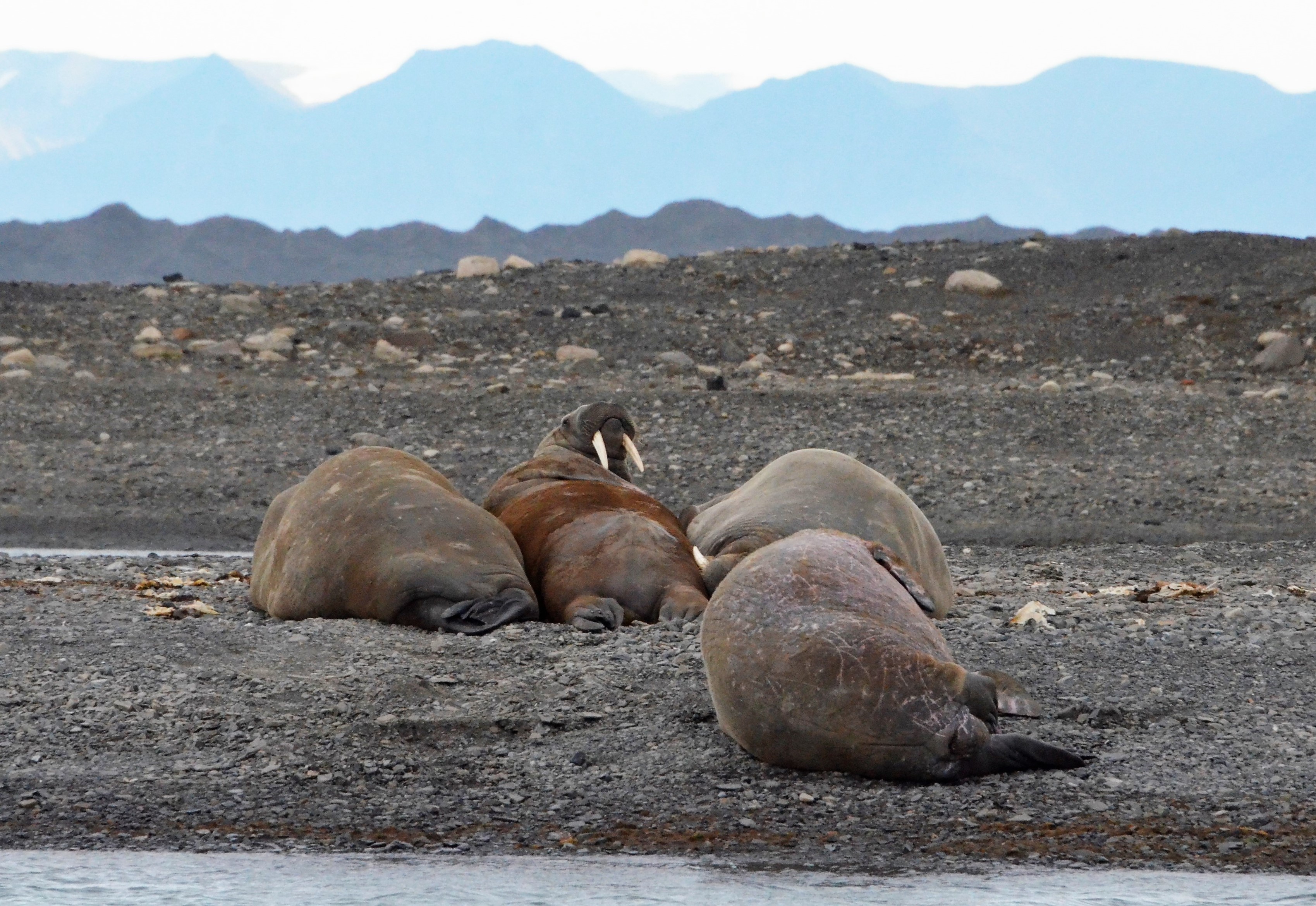A recent study suggests that Vikings seeking walrus ivory in the High Arctic might have interacted with Indigenous North Americans centuries before Columbus made his famous voyage. In medieval Europe, walrus ivory was highly sought after, pushing Norse explorers to establish settlements in Iceland and Greenland while searching for this valuable resource.
For years, the exact origins of this traded ivory were uncertain. However, research published in the journal Science Advances has discovered that walrus ivory imported into Europe from Greenland likely originated from remote Arctic hunting grounds.
Using advanced genetic sourcing techniques, researchers identified specific regions in the High Arctic, particularly the North Water Polynya—a stretch of open water encircled by ice situated between Greenland and Canada—as potential harvesting sites. These remote locales were previously not associated with Viking activities.

The Viking Age (roughly 793-1066) saw Norse individuals raid, colonize, and trade extensively across Europe. This new study hints at interactions between the Norse and Indigenous Arctic peoples, suggesting they may have exchanged ivory during these encounters.
Study co-author Jordan remarked, “We had no idea the walrus ivory was sourced from such desolate parts of the Arctic. It’s exciting to think that ivory shipped to Europe originated from regions inhabited by Indigenous Arctic communities.”
It’s believed that when Vikings ventured to these areas, they likely met and traded with cultures like the Thule Inuit, ancestors of today’s Inuit populations in Canada and Greenland. Although definitive archaeological evidence of direct contact remains elusive, this study supports the idea that Norse and Indigenous peoples coexisted in areas where walrus ivory was sought.
“While we can’t confirm direct communication between Norse and Indigenous Americans, our findings indicate shared interests in walrus ivory,” added another researcher.
Previously, discussions of Viking globalization focused on trade with Western Asia via the Silk Road, but this research suggests a significant “Arctic Ivory Road” existed, connecting North America to European markets long before the 15th-century colonization.
“Our study indicates that Vikings regularly traveled around 6,000 kilometers to Pikialasorsuaq in Greenland, likely motivated by the quest for walrus ivory to bring back to both Northern Europe and beyond,” explained co-author Morten Tange Olsen from the University of Copenhagen.
The researchers arrived at their conclusions by analyzing walrus skull fragments discovered in Viking settlements in Europe, Greenland, and Canada, using genetic “fingerprinting” techniques. “By extracting ancient DNA from walrus remains across the North Atlantic Arctic, we matched their genetic profiles to specific Arctic hunting grounds,” Olsen stated.
Reference
Ruiz-Puerta, E. J., Jarrett, G., McCarthy, M. L., Pan, S. E., Keighley, X., Aiken, M., Zampirolo, G., Loonen, M. J. J. E., Gotfredsen, A. B., Howse, L. R., Szpak, P., Pálsson, S., Rufolo, S., Malmquist, H. J., Desjardins, S. P. A., Olsen, M. T., & Jordan, P. D. (2024). Greenland Norse walrus exploitation deep into the Arctic. Science Advances. https://doi.org/10.1126/sciadv.adq4127
